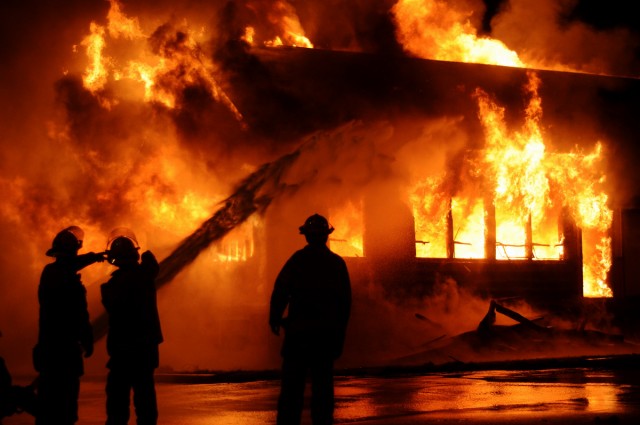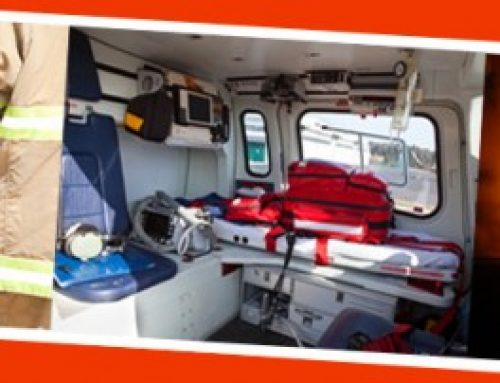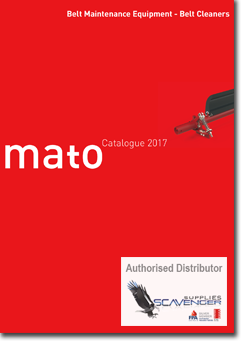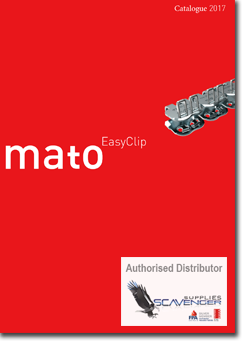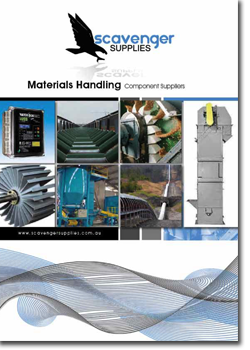If you haven’t, you leave yourself open to not only damage bills that may be preventable or at least, minimised, but to scrutiny by insurers or authorities. And, when you consider that international and Australian experts have found 95% of all fires are extinguishable if the correct extinguisher is used promptly, doing a regular audit could save a lot of head ache. However, industry research reveals that less than 13% of workers know which one to use, and how to use it correctly.
Nobody expects a fire, but failing to plan is leaving yourself, family and business open to disaster. And, not just from the risk that comes with large expanses of dry undergrowth in Australia, but a number of incidents that can occur without warning. From electrical faults, spills, faulty equipment, to lightning strikes, business owners need to consciously review procedures, tools and fire-risk areas every six months. This is on top of your regular Work Safety audit. If you can’t remember when you last checked, or know it is too far back that you would have to pull out your diary, then you know you need to act fast.
- Your fire extinguishers must be working properly and up to code as outlined by the Australian Standards AS 1851-2010. In addition, there are a number of other things to tick off when you are auditing your fire-risk management ability. The most obvious is the presence and serviceability of fire extinguishers. Conduct the following audit at home and work.
- Do you have sufficient fire extinguishers for the area they service? You may need more than one if the area is remote, large or difficult to access. If your premises have changed, do a full audit.
- Is it positioned correctly? Instructions are on the cylinder; are they facing correctly and accessible?
- Check the appropriateness of the extinguisher for the potential risk. There are several kinds available (see below). A grass fire needs a different retardant to a fat fire.
- Serviceability of the extinguisher. Check this every six months. Ideally, employ an agent to diarise your checks and simply come and do the job without your needing to remember. They can also check on sufficiency and appropriateness, particularly if your premises have changed in any way over the previous six months.
- Check the wheels, hoses, gauges and fullness of the extinguisher. If you are in any doubt, a trained fire auditor will give you peace of mind.
- If the extinguisher has been used, even briefly, getting it serviced is essential. Do not wait for your registered visit.
- Are your fire and smoke alarms working and sufficient for the respective areas? Is there a procedure in place to test them every month?
- Are the fire exits and extinguisher stations clearly marked and easily identifiable? Are they free of obstruction? Purchase the appropriate signs, and ensure all staff have training in their location and maintenance.
- Are your emergency procedures clearly displayed with emergency service phone numbers? What are your emergency evacuation practices and are these conducted regularly with all staff?
- Who are the fire wardens? Sometimes businesses fail to replace them when staff leave. Is their training up to date?
- Where is the assembly area and is it clearly marked?
Whether your business is a restaurant, winery, school, office or manufacturing operation, there are several types of extinguishers to consider, all serving different purposes. Check you have the right one in the right location, and if there is any doubt at all, get a professional audit.
Class A: Fires of paper products, textile-based items such as furniture, fabrics, wood-based products, plastics, and rubber-based products. Look for Powder ABE, water, foam and wet chemical extinguishers.
Class B: Fires caused by flammable or combustible liquids. This includes chemical-based cleaning products, electrical contact cleaners, and equipment lubricants. Look for Powder ABE and BE, and foam extinguishers.
Class C: Fires started by flammable gases and essential in any operation where flammable gases are used to operate machinery. There may be a small ignition or explosion. Using this extinguisher can put it out before pressure builds, intensifying the situation. Look for Powder ABE and BE extinguishers.
Class D: For combustible metals, often used in laboratories
Class E: Possibly the most common risk for a business, electrical fires. Look for extinguishers that are Powder ABE and BE, carbon dioxide, and vaporising liquid.
Class F: Essential for cooking areas, these manage fires caused by cooking oils and fat based products. Look for Powder BE and wet chemical extinguishers.
Finally, there is the threat of grass or bush fires for many homes and businesses in Australia. Use of a fire-wetting agent such as 1% Scavenger A Class foam can simply be added to water and assist in not only putting out a fire but in faster undergrowth regeneration.
Technology has come a long way in recent years. Calling in an expert ensures you are properly protected, have up-to-date information, and your staff are trained and aware of what to do in the event of the fire.
Fire-safety and risk audits should be an essential part of your business planning. Protecting the premises that are the hub of your commercial investment makes a lot of sense. Scavenger Fire and Safety have fully trained and accredited auditors and equipment testers. They can do once-off audits, or periodic testing, saving you time, worry and in the end, expense. Don’t leave it until the new year. One call to book a visit, and we will do the rest, leaving you to tidy up the year’s loose ends.
Call our head office to book your service call now, and be armed this summer. Servicing all states and territories.
Call us at 08 9584 2500 or click the button below


